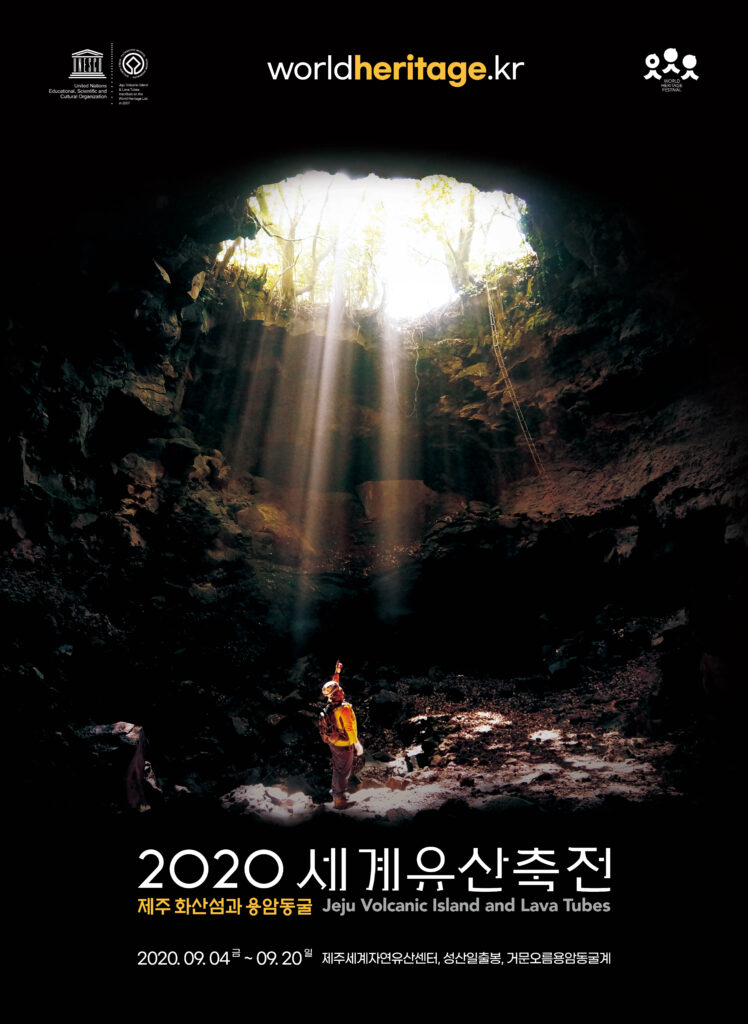On July 3rd, South Korea held their very own World Heritage Festival. The overall festival, which lasts for three months, is meant to celebrate the country’s rich history and traditions. Participants and visitors can expect to experience a variety of performances, activities and events such as temple stays, martial arts exhibitions, painting competitions, Chinese poetry writing contests, and traditional rituals.

The 2020 World Heritage Festival is hosted by the Cultural Heritage Administration, and their theme for this year’s events has been officially dubbed as “Seowon Becomes Global Flowers.”
Their opening ceremony took place in Dosan, Andong on July 3rd, a kickstart to a three-part series of festivals that are held in three different locations in South Korea. The first sector of the World Heritage Festival pays homage to the nine Confucian academies of the Joseon era that have been recognized by the UNESCO World Heritage list. The following two parts will continue to take place in North Gyeongsang Province and Jeju Island respectively.
Andong has always been famous for being the hub of Buddhist and Confucian learning, as well as symbolizing Korean nobility. As part of a national effort to promote South Korean culture and educate many on its history, organizers hope that many Korean citizens can spend their summer exploring their own roots. Currently, the festivities are being held in Hahoe Village, Andong.
With the pandemic affecting people’s plans to travel during the warmer season, the South Korean government has found an effective way to raise everyone’s spirits. Many attendees have expressed positive feedback towards the festival so far, saying that visiting these different pockets of the country has been a nice way to get away from their daily lives and enjoy the rural parts of the country.
People who wish to attend can still do so in the North Gyeongsang Province until the end of August. Many events will be introduced in Gyeongsangbuk-do as well, and travelers can tour different historical sites such as Daeneungwon Royal Tomb and Buseok Temple.
Starting September 4th, people would have to make a trip to Jeju Island to enjoy more festivities. Visitors can have the opportunity to explore the once-restricted areas of Manjanggul Cave, a famous site consisting of many lava tubes of a dormant volcano. The festival in Jeju plans to emphasize the natural wonders of this South Korean island, including many of its beautiful hiking trails for sight-seeing.
Despite the lava tubes and caves being the main attraction for the festival, visitors and travelers alike can still enjoy other activities such as water sports, watching traditional performances, and museum-hopping. Organizers of the festival encourage those who wish to learn more about South Korean history to pay a visit to the wonderfully renowned 2020 World Heritage Festival.
Julie Kim
Asia Journal
(Los Angeles Times Advertising Supplement)




